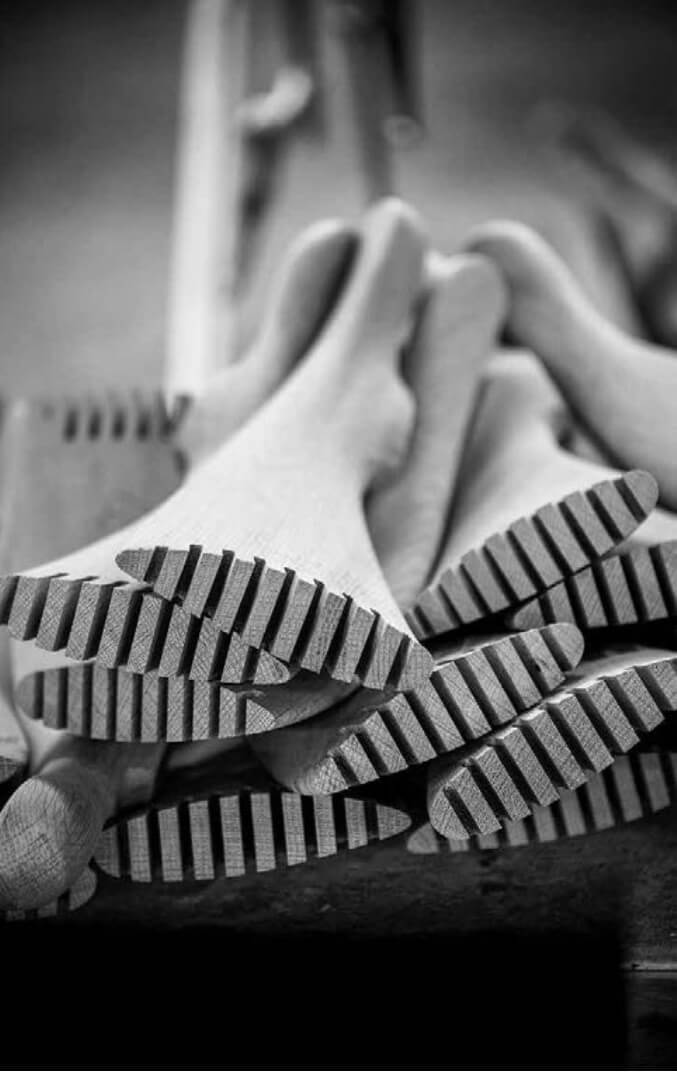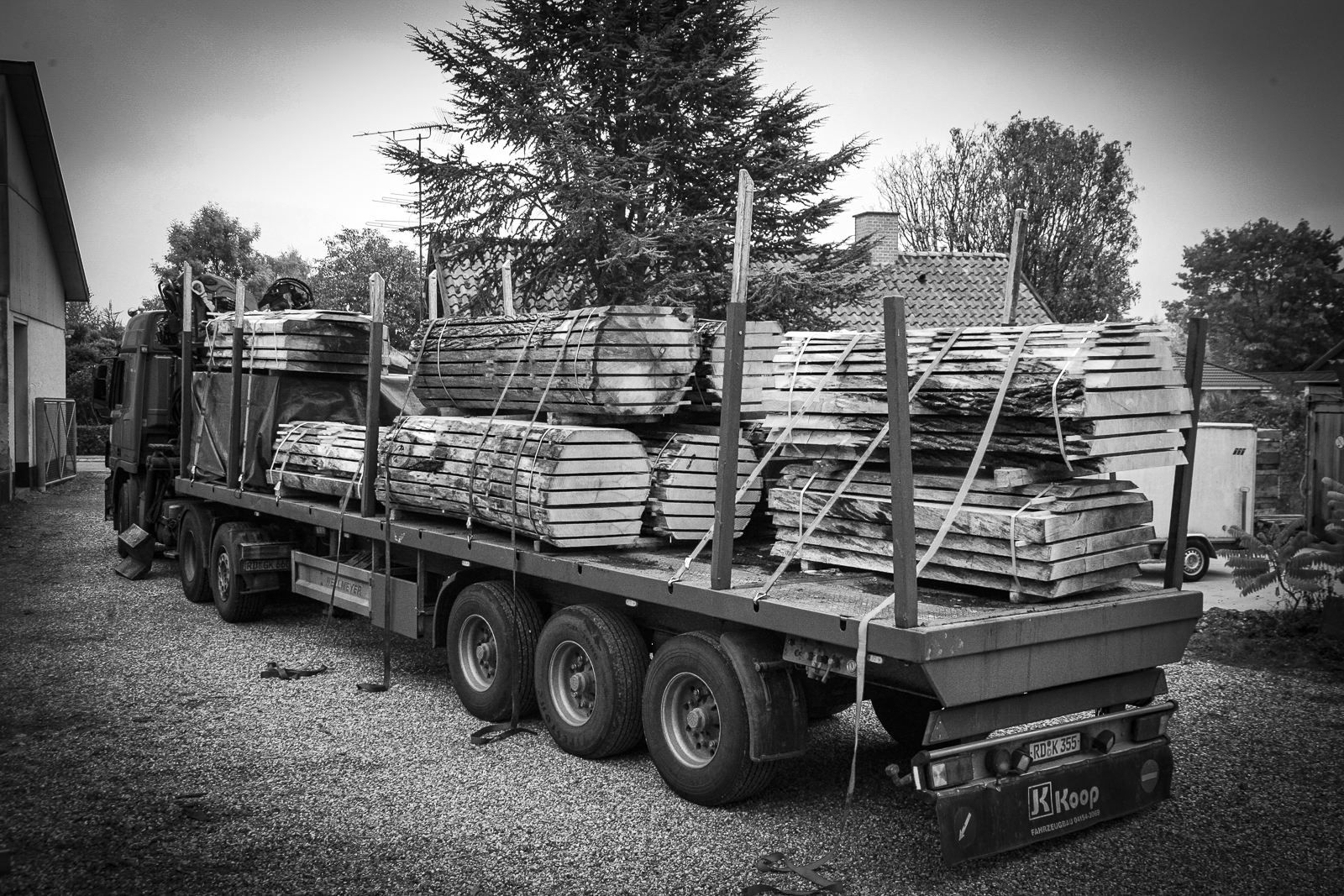
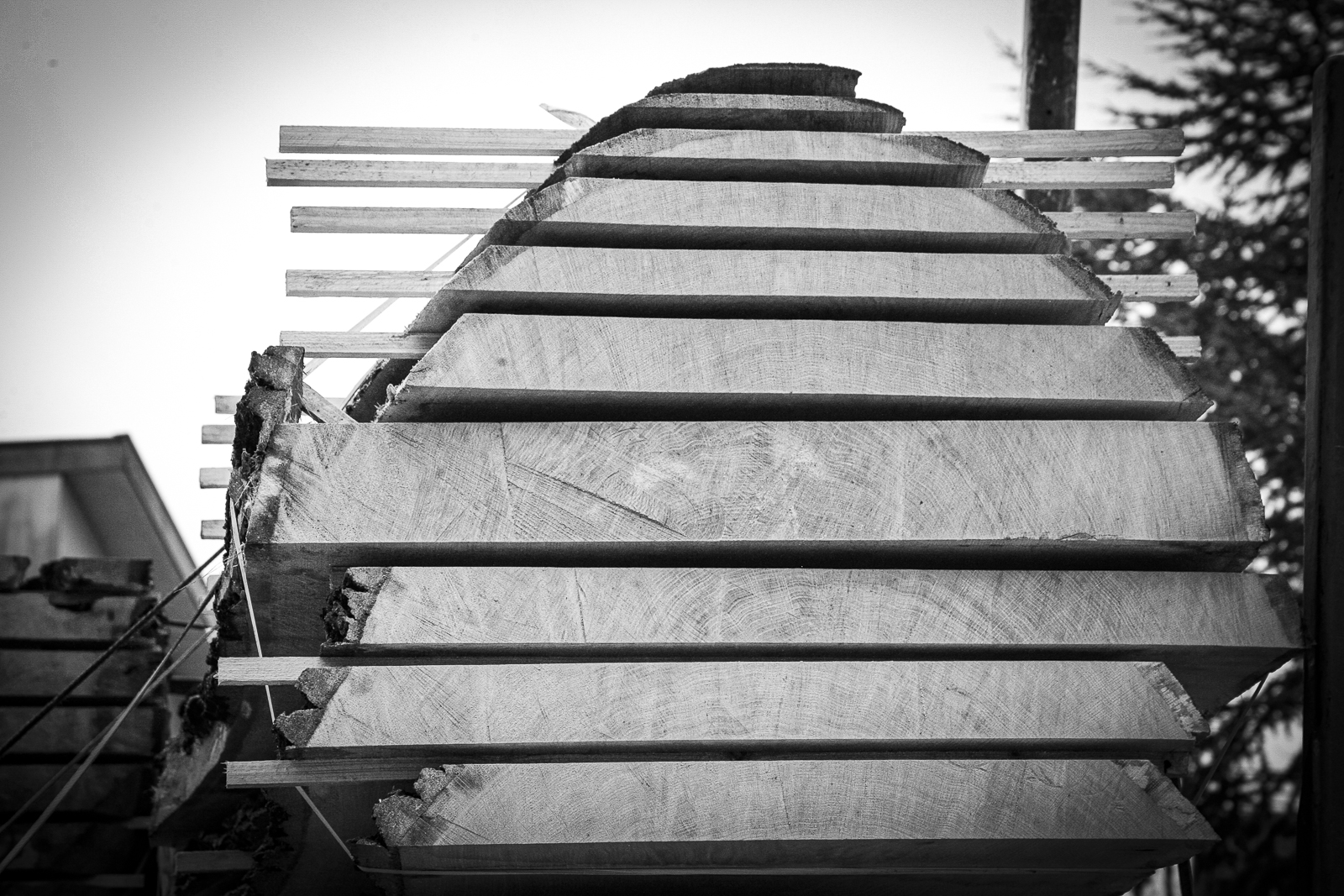
We understand that we rely on the supply of wood from the trees planted by our ancestors and that our descendants will rely on the trees that we plant today. Our contribution to this iprinciple is the PP forest established within our community.
All the wood used at PP Møbler is FSC certified. ideally it is sourced from the trees we cans see through our windows. The majority of our timber is purchased locally in Denmark or from our regional neighbours in Germany, who share the same traditions for cultivating sustainable forests as ourselves.
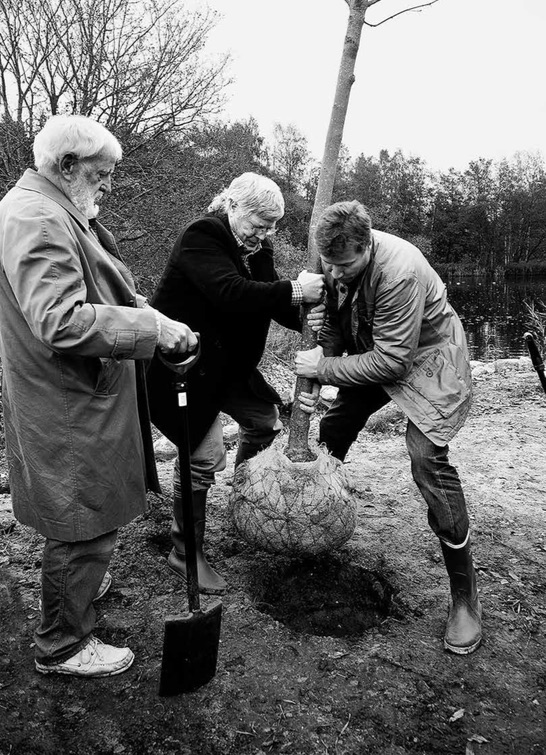
Trees are fundamental to the global ecosystem and forests are vital to
the health and prosperity of our species. If we nurture our forests
and protect them from pollution and excess exploitation they will provide a constant supply of renewable healthy raw materials.
Wood is an amazing material to behold and touch with endless possibilities for shaping and treatment. PP Møbler is the story of an on-going fascination with wood and its potential.
Having great respect for nature and the environment is fundamental to PP Møbler.
We have developed and implemented many pioneering steps in this field and are constantly looking for new ways to improve the sustainability of our workshop and products.
Our production is a natural part of a small local community that includes many private houses and a school. The workshop is a pleasant environment in which to work and is heated with CO2 neutral energy from our waste wood.
Trees contribute to making our furniture come alive. Two trees are never alike and consequently every piece of our furniture is unique with its own characteristics and beauty.
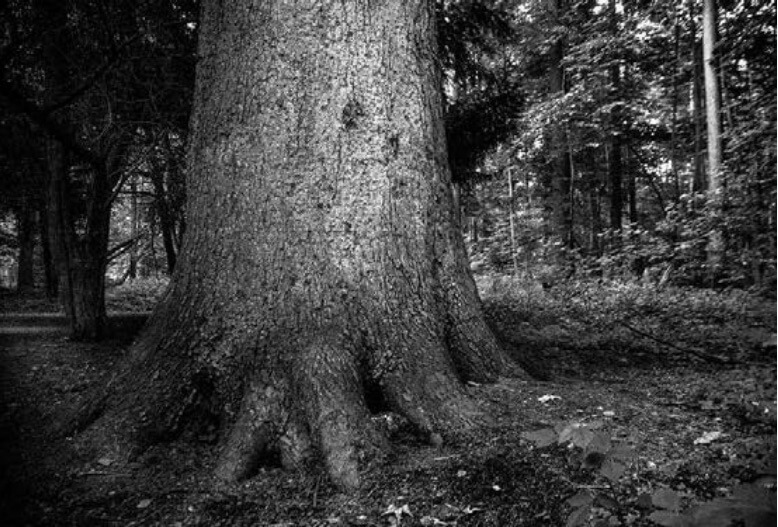
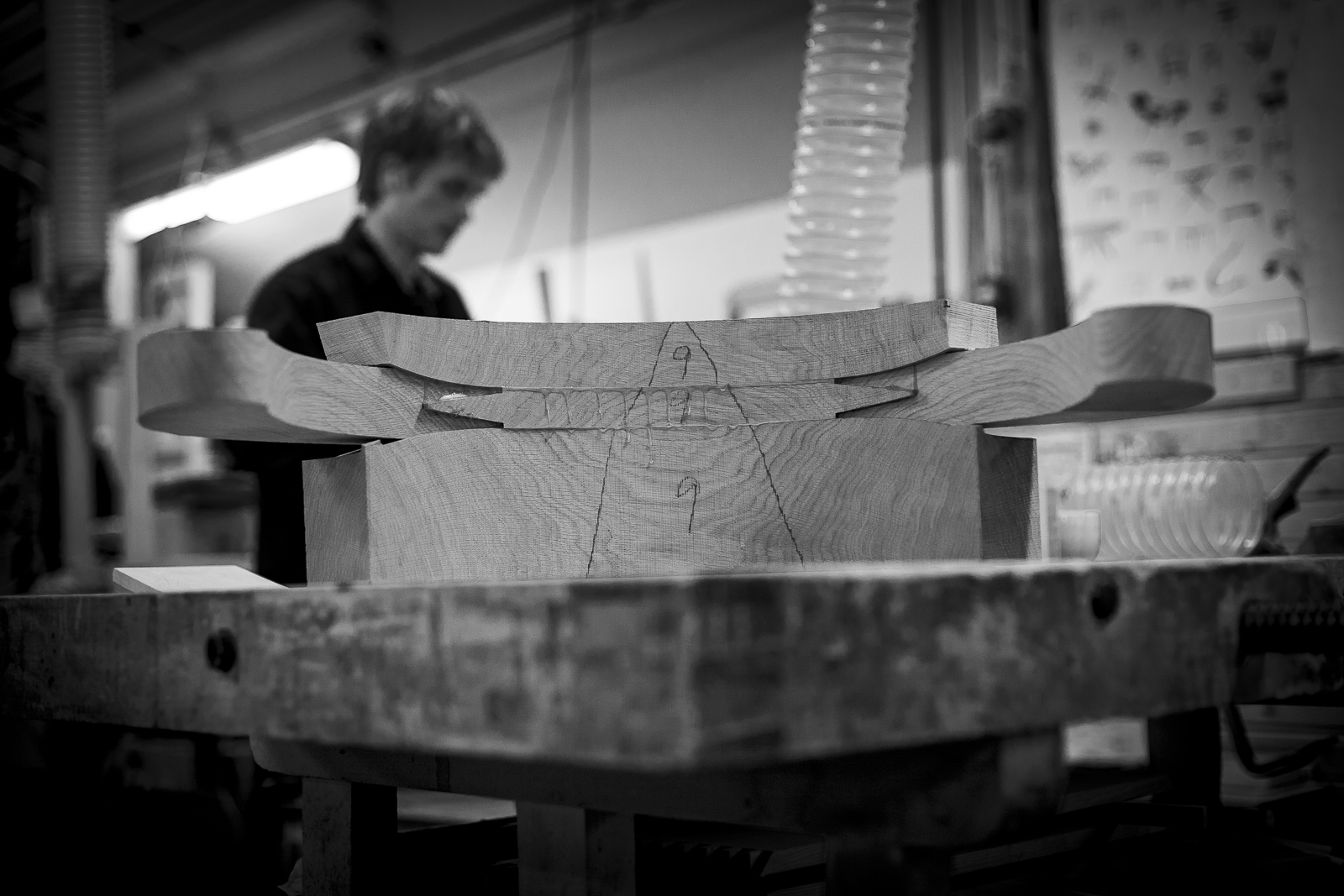
In October 2012 PP Møbler established a new forest in collaboration with our local plant nursery, wastewater company and Allerød Municipality. The project was initiated when PP Møbler contacted the municipality with a request for a piece of land to plant new forest.
At PP Møbler we always appreciated the Danish woods, and through several generations we have produced furniture that should endure the time it takes a new tree to grow. The fact that we are now planting a forest of the same wood types that we have used for furniture production for 60 years is to us completing a natural circle.
Each tree is carefully selected with only the highest quality being purchased. Our standards are unique for the furniture industry.
Generally, we use two different tree sizes. For the majority of our production we use the same size of timber as the rest of the established furniture industry. These trees are about 80-100 years old when felled. Usually a large area of trees this age are harvested for industry use. They are cut into planks of 11⁄2, 13⁄4, 2 or 21⁄2 inch and conditioned to about 10-12% of natural moisture content. Before being delivered to our workshop each log is tagged and separated from the others.
Designs like the Round, Cow Horn, Valet, Swivel and Bull Chair, however, require trees that are much larger than those used as standard. Fortunately, whenever an area of trees is felled in the regular deforestation process a few of the most healthy trees are left standing as shelter for the new young trees that will grow in the felled area. These are called ‘shelter trees’.
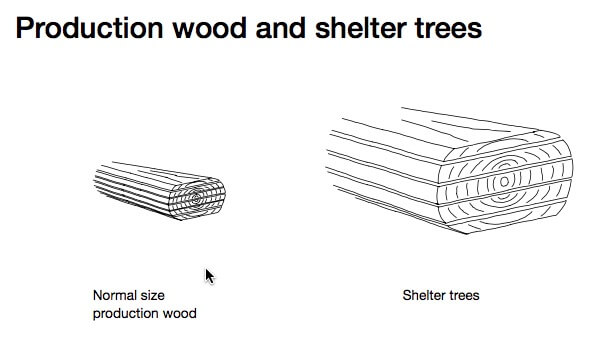
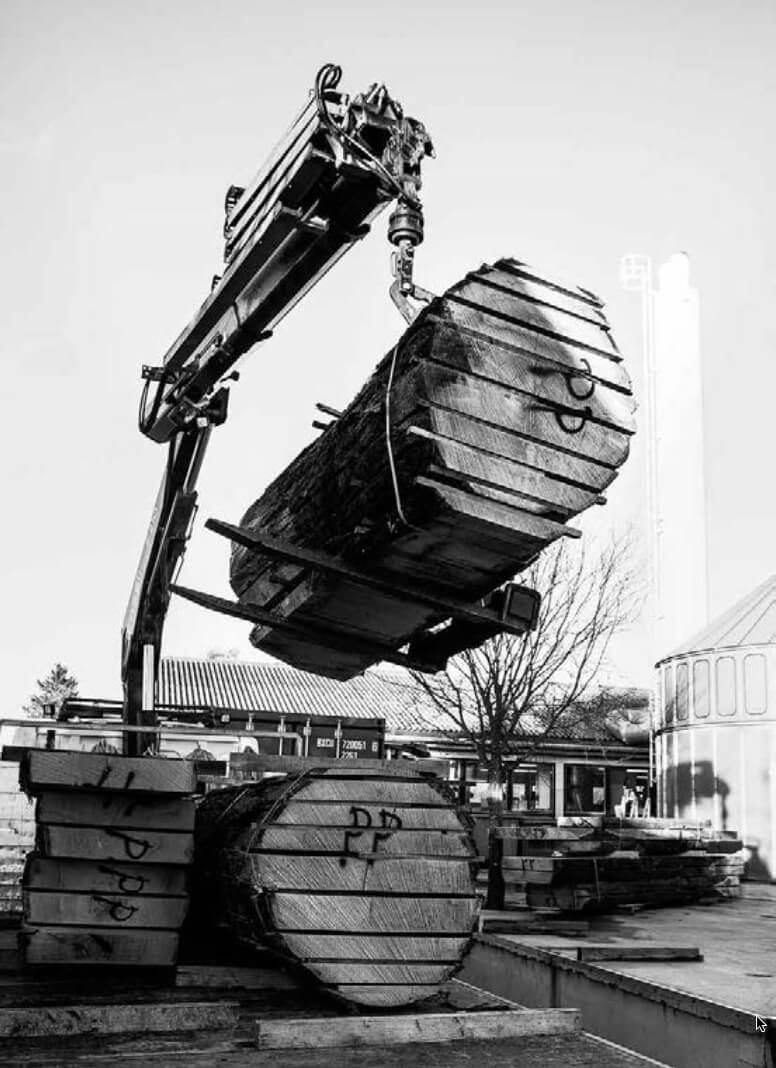
Shelter trees are a vital part of the sustainable forest management.
Not only do they protect the new growth but also provide the seeds for the natural re-generation of the forest. Shelter trees are usually felled individually and only when they show signs of fatigue and begin to die. For many of the Nordic hard woods this occurs when they are around 200 years old.
We cannot simply order a shelter tree due to this natural cycle and it is only when these trees are individually felled that we are able to buy them from the forest. For this reason and due to their large size the costs of working with shelter trees are far higher than those for production using standard timber.
The size of shelter trees can vary widely but on average each log is about 5-7 meters long and about 1-11⁄2 meters wide. We only get one log of this size from one shelter tree.
Whenever shelter trees are felled we take them immediately to the saw mill to be cut into 3, 4 and 5 inch planks.
The freshly cut planks are then brought directly to our workshop. While the planks are still naturally moist we cut out and pair the raw pieces needed for a particular chair.
Cutting the raw parts out of freshly felled trees is necessary as the large 5 inch thick planks could take up to 10 years to dry and the risk of cracks or fungus occurring in the conditioning process would be high.
It is important, therefore, that the back and the armrests are cut out before the extensive process of conditioning the wood begins.
These smaller parts can be conditioned within approximately two years reducing the risk of cracking or of fungus developing. Making furniture of the quality such as the Round Chair requires considerable investment up to two years in advance of selling it to a customer.
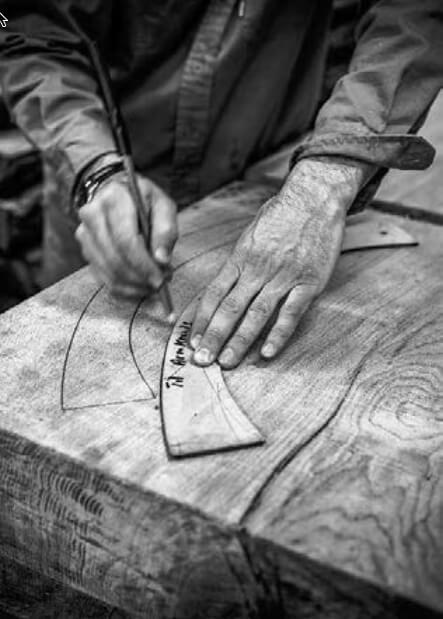
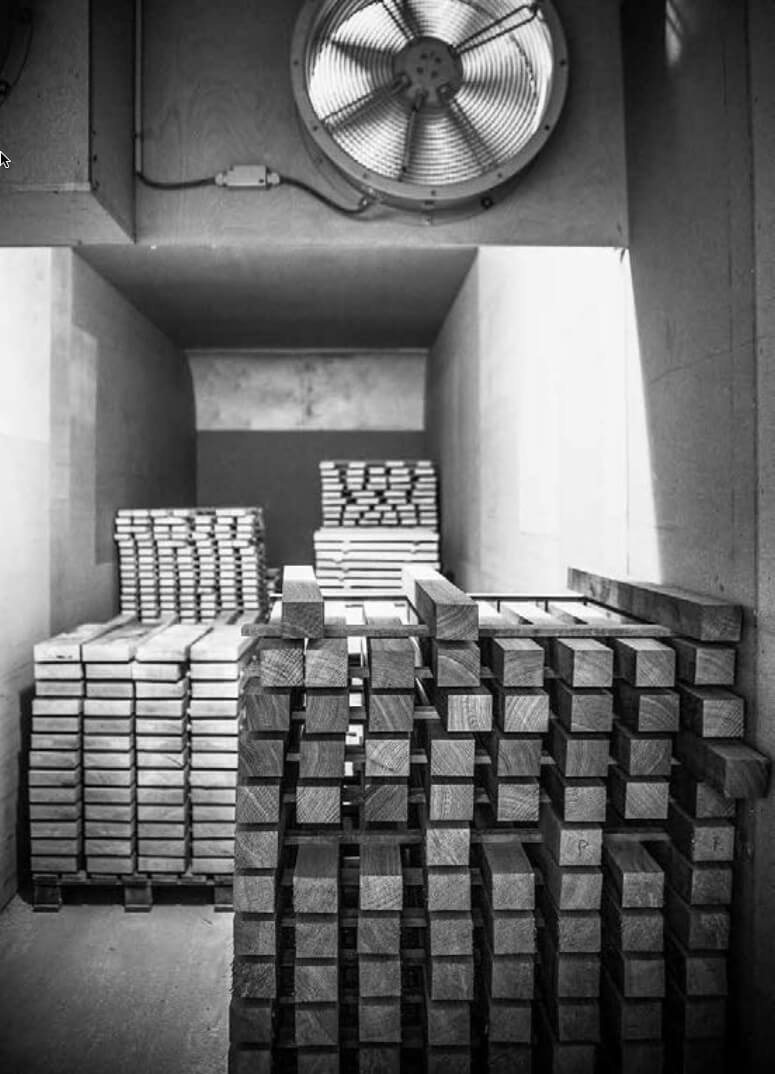
All the wood used at PP Møbler comes from sustainably managed forests. Ideally it is sourced from the trees we can see through our windows. The majority of our timber is purchased locally in Denmark or from our regional neighbors, Germany, who share the same traditions for cultivating sustainable forests as ourselves.
We prefer hard woods that are native to the Danish forests such
as oak, ash, beech, maple or cherry. We rarely import species from other countries and when we do, it is always subject to extensive measures of reliability verification.
The overall stability of the wood we use is vital given the exacting nature of the designs we produce and consequently the longevity of our furniture. In order to stabilize the wood we condition it to below 6% moisture content. This is exceptional and far below normal industry standards.
Proper conditioning is decisive to the quality of the finished product. It is a very time consuming process controlled solely by the nature of the wood. An attempt to shortcut or speed up the conditioning process will prove counterproductive in the long run.
At PP Møbler we hold strong and unique traditions for craftsmanship and furniture making and feel it is our obligation to pass these on to future generations. In this quest we strongly believe that we have to work constantly on re-vitalising the traditions. Otherwise they will slowly fade away. We do not limit ourselves from the constraints of industrial rationalization but we insist on exploring the boundaries of our craft. In other words, we do not surrender ourselves to technology, we embrace it!
Today our workshop is highly advanced and equipped with state of the art technology employing sophisticated techniques. Our criteria for implementing new technology has always been very clear. We will only adopt it if it will improve the quality of our product.
See more under Cabinet making:
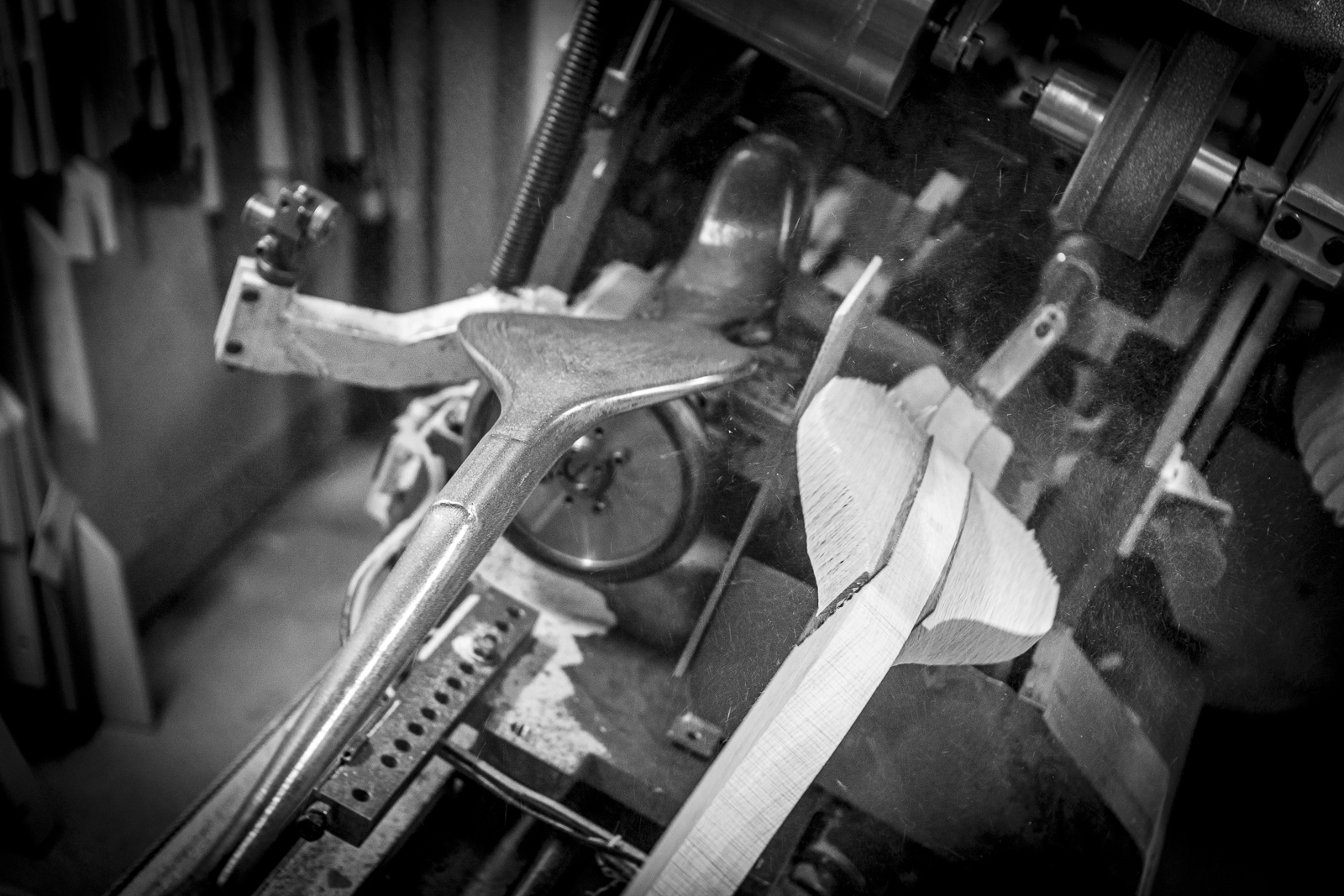
We always approach any constructional challenge from the perspective of a craftsman’s point of view and welcome every tool, technique, technology or field of expertise that can aid us in our search for artistic freedom and improve the longevity of our products.
At PP Møbler we see technology as enhancing the craftsman’s field of skill. It is critical for us to place the maximum insight and responsibility with each individual craftsman and provide them with a context within which they can explore a specific field of expertise.
We believe that the craftsmen should always be the decisive part of our production because the lifetime of hands that have touched and worked with the materials must always rule over any technology or method.
In this way we can ensure that our future craftsmen will be much more capable than those of the past.
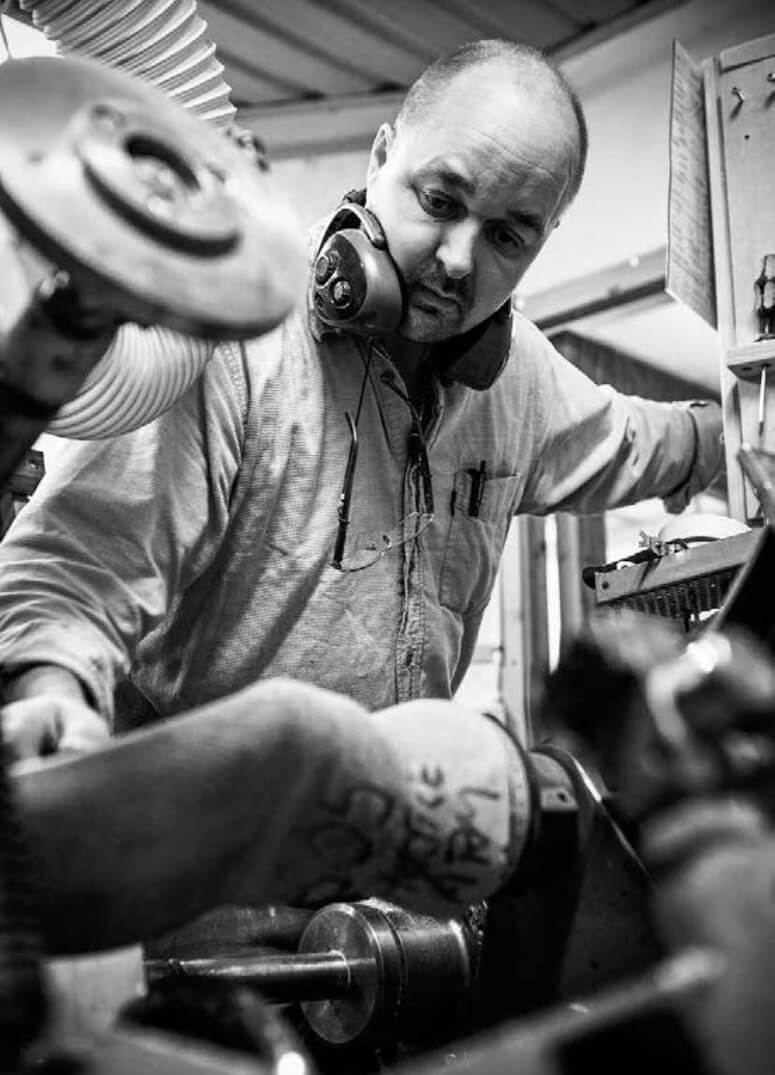
In the 1950’s and 60’s when the Round Chair were made at Johannes Hansen’s workshop the shaping had to be done by hand starting with just a raw cut piece of wood. This resulted in many different ‘versions’, some of which varied significantly from the original design both in terms of shape, strength and comfort.
At PP Møbler we take very seriously the subtle details in the organic shapes of Wegner’s nest designs.
By following the shape of a template, machining and replicating it in wood, the copy lathe has allowed us to bring these extremely challenging designs closer to the ideas of Wegner and keeping a consistent quality inline with his original vision.
See more under Woodcutting machinist
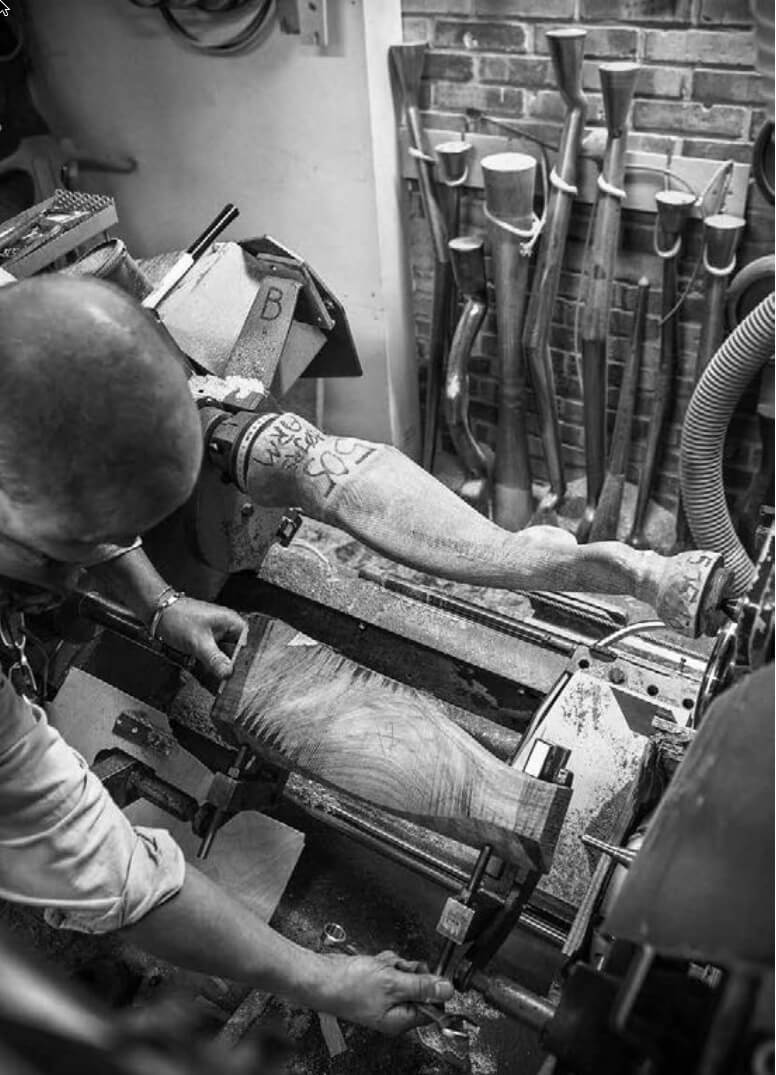
The armrest for the pp501 | pp503 Round Chair consists of three pieces each carved out of solid wood from a shelter tree approximately 200 years old. Each piece is cut into rough dimensions from a fresh newly felled tree. The right and left armrests are cut in line with another and paired to match.
The raw parts are then conditioned for between one and two years depending on the wood type. This is a delicate process that cannot be hurried and there is no technology that can speed up the conditioning process. We have to rely on the nature of the tree and on generations of experience.
If sales exceed the amount of parts cut out and conditioned, the lead time of a new chair will be entirely dependent on the conditioning process and availability of new shelter trees.
See more under pp501 | pp503 Round Chair:
